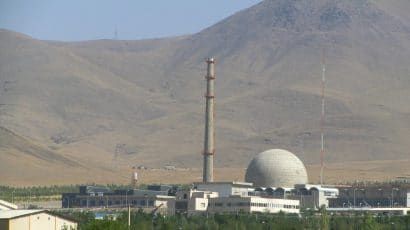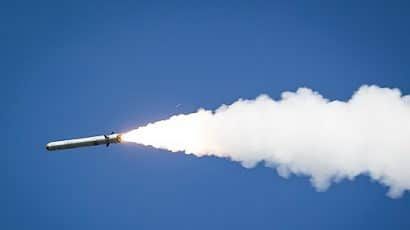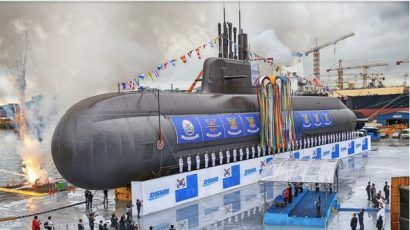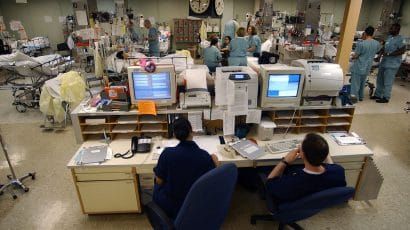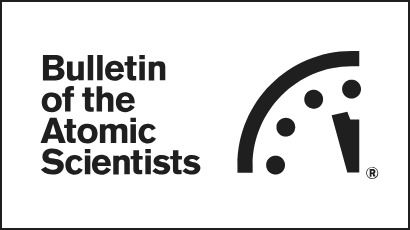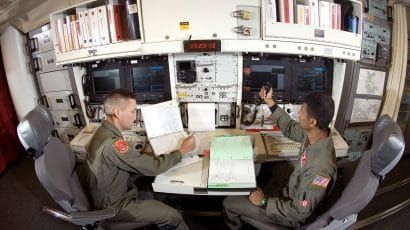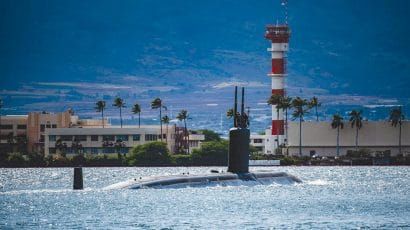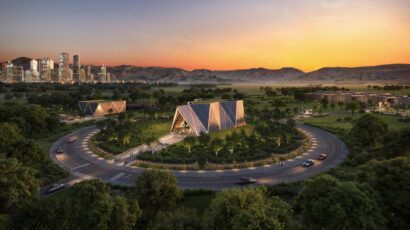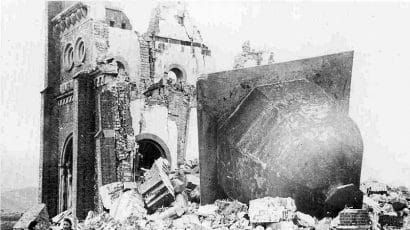Search results for trump
How Iran’s research reactors prove the nuclear deal is still working
Even in the Iran nuclear deal’s weakened state, it continues to provide permanent solutions to potential proliferation concerns. Its revival can further cement these gains as a “longer and stronger” deal is sought.
North Korea’s “tactical-guided” ballistic missile test is no joke for Biden and South Korea
North Korea’s March 25 test of two short-range ballistic missiles unambiguously violated UN Security Council resolutions, and any miscalculation involving these missiles could escalate into nuclear war. Formulating a smart response to each North Korean provocation and nuclear weapons advancement is certainly important, but Washington must get out ahead of Pyongyang’s game plan by developing an overarching strategy.
South Korea’s risky quest to build nuclear-powered attack submarines
There is little military rationale for South Korea to build nuclear-powered submarines, and pursuing them may not be worth the costs.
How many intensive care beds will a nuclear weapon explosion require?
A novel coronavirus emerged in Wuhan, China late last year, hopping in one way or another from other animals to humans. Initially the rest of the world thought this outbreak was a local problem and then was shocked at the brutality of the lockdown that the Chinese authorities clamped on Wuhan to quarantine the infection … Continued
A better mousetrap?
Albert Einstein noted, “Mankind invented the atomic bomb, but no mouse would ever construct a mousetrap.” We humans have created the equivalent of a mousetrap for ourselves. And we’ve constructed tens of thousands of them over the seven decades of the Nuclear Age.
What did ExxonMobil know, and when did it know it?
In a new essay for the New York Review of Books, the Rockefeller Family Fund is escalating its feud with the oil giant ExxonMobil, weaving a damning narrative of a firm that accepted climate science in private while questioning it in public.
Challenges for the Bulletin of the Atomic Scientists at 70: Restoring reason to the nuclear debate
The following is a keynote address by Gareth Evans at the Bulletin of the Atomic Scientists’ Annual Clock Symposium, convened in Chicago on November 16, 2015.
Why nuclear weapons should be a major focus of the 2020 campaign
The proverbial alien beamed down to Earth would find the situation quizzical indeed: The political debates and campaigns involved in selecting the most powerful person on the planet—the US president—scarcely mention the stark fact that any president could at any time be called to decide, almost instantly, whether to order a nuclear attack that would lead to the end of civilization and, possibly, the human species.
Acting to educate life scientists
Anyone familiar with the history of the Biological and Toxin Weapons Convention (BWC) will know that for years participants in BWC meetings have spoken about the importance of education in preventing the malevolent dual-use of biological technologies. Yet for all the bluster, the practical results regarding, for example, scientists' understanding of the convention and their obligations under it, have been limited.
Where climate journalism is now: Interview with Emily Atkin, the fire behind the Heated climate newsletter
Emily Atkin quit her full-time job and formed her own newsletter. She details the problems with current climate coverage, and gives her own prescription for making it better.
One if by invasion, two if by coercion: US military capacity to protect Taiwan from China
A conflict between Taiwan and China might involve a full-scale invasion, or a more limited coercion campaign in which China seeks to cause Taiwan enough pain to cause it to change its behavior. If the US chooses to intervene on Taiwan’s behalf, it can likely prevent China from invading Taiwan but might not be able to prevent Taiwan from being coerced.
Dem debate: Answers to the climate questions that were not asked
One issue was conspicuously absent at last week’s three-hour long Democratic debate: climate change. But some of the candidates actually did have things to say.
The blinders on the US nuclear policy establishment
Washington’s nuclear weapons cognoscenti don’t seem to see past Beltway politics and Russia.
Nuclear energy could power the AI boom—but only if proliferation risks are minimized
The most problematic aspect of a microreactor concept promoted by the nuclear energy start-up Oklo Inc. is its proliferation implications. Simply put, Oklo’s concept could increase the availability of fissile materials needed for nuclear weapons and, therefore, the likelihood that bad actors would acquire those materials.
How to avoid nuclear war with China
There is a significant probability a war between China and the United States could escalate to nuclear threats. It is urgent that the two countries launch talks on nuclear arms control, both to prevent a nuclear arms race and to reassure each other that both want to avoid a nuclear conflict.
Plutonium programs in East Asia and Idaho will challenge the Biden administration
The separation of plutonium by civilian reprocessing has far exceeded plutonium use in breeder and light-water reactor fuel with the result being a global stockpile of over 300 tons of civilian but weapon-usable plutonium. By the International Atomic Energy Agency’s metric, this is enough for almost 40,000 Nagasaki bombs.
Making sense of the 2018 National Biodefense Strategy
It has been 100 years since the end of World War I, the “war to end all wars,” which set the precedent for modern biological warfare. The 1925 Geneva Protocol subsequently banned the use of biological weapons in war but did not stop the proliferation of state-sponsored bioweapons programs. With the spread of such programs … Continued
Science teachers in the trenches of the climate wars
With climate science under attack at the federal level, safeguarding the integrity of climate education in the classroom is more important than ever.
What the hell? Newsmax correspondent thinks Satan is in COVID-19 vaccines
Right-wing TV network Newsmax's White House correspondent is using her post to spew some of the most ludicrous anti-vaccine content imaginable.

